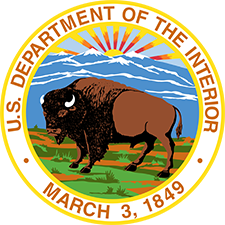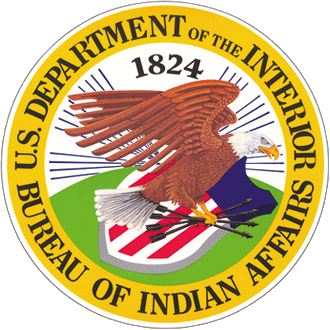Article

New and modernized fire engines are in process for the BIA Division of Wildland Fire Management (DWFM). Recently, four Model 662, Type 6 engines were received to replace aging and outdated engines within Indian Country. The process to update the Model 52, Type 6, engines that have been historically used by the Bureau has been a long time coming and is cause for celebration for the DWFM.
In 2024, the DWFM joined forces with the Bureau of Land Management National Fire Equipment Program (BLM-NFEP) to support the effort to standardize and modernize all wildland fire fleet including command vehicles, utility vehicles, hotshot crew carriers, water tenders and more. Working with the BLM-NFEP enables the DWFM to collaborate with other National Interagency Fire Center (NIFC) agencies in the procurement of a more modernized fleet, collaborating on issues associated with maintenance and safety recalls, and keeping up with advancements with technology such as the implementation of telematic devices.
“By ordering this equipment through BLM-NFEP, it gives the BIA Division of Wildland Fire Management the ability to standardize engines utilized in wildland fire suppression with the other DOI agencies,” stated Steven Chumley, BIA national fleet manager. “BLM-NFEP collaboration benefits overall fire fleet management for the BIA to keep equipment safe and up to date for our wildland firefighters to do their jobs safely and adequately.”
The need to replace the Model 52, Type 6 fire engines that have been roughly used by the BIA and Tribal fire programs since the 1980s is significant. The current life cycles established for replacement of Type 6 fire engines is eight years or once 100,000 miles have been reached. Many engines that surpass these life cycles are still being used by programs for fire suppression today. Most of the operations these vehicles are utilized for are for off-road purposes. Due to this, the vehicle’s efficiency is typically reduced faster than a vehicle whose entire life cycle is used on routinely maintained, public highways. The life cycles established for the vehicles are to ensure that the engines are efficient, a key component for safe suppression operations. As the vehicle depreciates, so does its effectiveness in being utilized in safe fire suppression operations. Additionally, having older fire apparatus' like the Model 52, Type 6 makes it difficult to keep pace with advancements in technology. As vehicles age and depreciate, operating costs associated with maintenance increase.

The Model 662, Type 6 engines that are being purchased by the BIA are being built by a contractor who has been building and manufacturing quality and reliable products, including engines built and designed for wildland fire suppression, since the 1980s. The new engines standardize BIA equipment with other federal agencies with active roles in wildland fire suppression who have also had equipment built by the same contractor. The newer, modernized engines provide BIA and tribal wildland firefighters the means to respond to and suppress fires in a better and safer manner, reducing the threat of wildland fire for communities throughout the United States. The modernized equipment boosts firefighter morale, knowing they have equipment that can be relied on and is safe, compared to equipment that has surpassed its lifecycle for use. Additionally, the Model 662, Type 6 engines are modernized, and allows the DWFM to keep pace with current advancements in technology related to wildland fire suppression.

The DWFM currently has a total of 42 class 662, Type 6 engines on order with the intent to continue purchasing new engines and fire apparatus annually to replace all outdated equipment that have surpassed their recommended lifecycles.
Image

Contact Us
Boise, ID 83705
fire.management@bia.gov
208-387-5050


